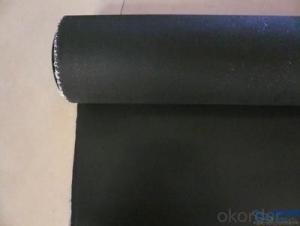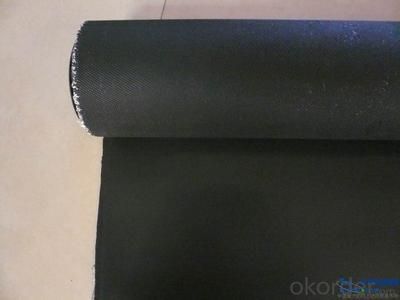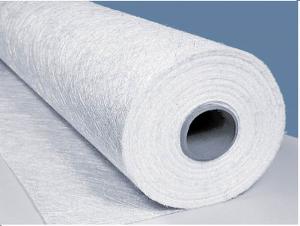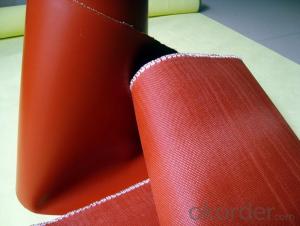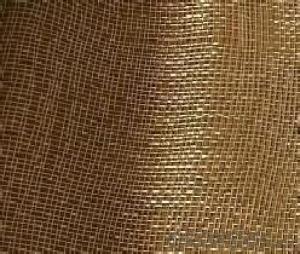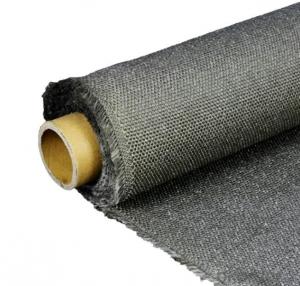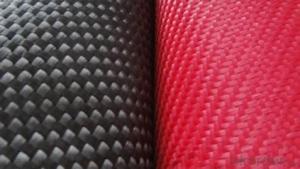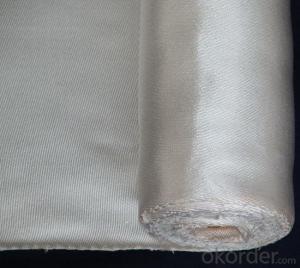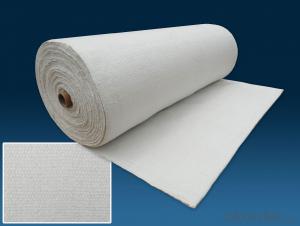Ptfe Coated e-Glass Fiber High Silica Cloth Sheet
- Loading Port:
- China Main Port
- Payment Terms:
- TT OR LC
- Min Order Qty:
- -
- Supply Capability:
- -
OKorder Service Pledge
Quality Product, Order Online Tracking, Timely Delivery
OKorder Financial Service
Credit Rating, Credit Services, Credit Purchasing
You Might Also Like
Quick Details
| Place of Origin: | Model Number: | Weight: | |||
| Width: | Length: | Thickness: | |||
| Density: | Use: | Style: | |||
| Feature: | Supply Type: | Yarn Count: | |||
| Material: |
Packaging & Delivery
| Packaging Detail: | we packed 100m as one roll, one roll packed with box |
| Delivery Detail: | 3 days after get the deposit |
Specifications
high silica fiber
1,300-1200g/m2
2,plain & Twill Woven
3,E-Glass
4,1000-2000mm
- Q: How is fiberglass fabric used in the production of insulation tapes?
- Fiberglass fabric is used in the production of insulation tapes as it offers excellent thermal insulation properties. The fabric is typically coated with an adhesive material, which allows it to adhere to various surfaces. This combination of fiberglass fabric and adhesive helps to create a barrier that effectively insulates against heat, cold, and moisture. Additionally, the fabric's strength and durability make it ideal for withstanding the rigors of insulation applications.
- Q: Can fiberglass fabrics be used for insulation in HVAC ductwork?
- Yes, fiberglass fabrics can be used for insulation in HVAC ductwork. Fiberglass is a commonly used material for thermal insulation due to its excellent heat resistance and insulation properties. It can help prevent heat loss or gain in ductwork, improving energy efficiency and maintaining desired temperatures. Additionally, fiberglass fabrics are lightweight, easy to install, and offer good acoustic insulation.
- Q: How does fiberglass fabric handle static electricity?
- Fiberglass fabric possesses exceptional electrical insulation properties, which grant it a remarkable ability to withstand the impacts of static electricity. The constitution of the fabric, comprised of delicate glass fibers, confers upon it a significant level of electrical resistance. Consequently, this resistance obstructs the flow of electric current and diminishes the accumulation of static charges on the fabric's exterior. By virtue of its insulating characteristics, fiberglass fabric does not readily conduct electricity. Whenever static electricity arises, whether through friction or contact with charged materials, the fabric effectively hampers the transmission of the charge. Instead, the charge remains confined to the surface of the fabric, leading to a negligible or nonexistent release of static electricity. Furthermore, fiberglass fabric exhibits a limited tendency to generate static charges on its own. In contrast to other materials that may generate static electricity via friction, such as synthetic fabrics or plastics, fiberglass fabric possesses a relatively low triboelectric effect. This indicates that it is less inclined to produce static charges upon contact with other objects. On the whole, fiberglass fabric functions as an efficient barrier against the repercussions of static electricity owing to its elevated electrical resistance and minimal propensity for charge generation. It effectively prevents the accumulation and discharge of static charges, rendering it a suitable material for applications necessitating electrostatic discharge (ESD) protection, such as electronics manufacturing, cleanrooms, or environments containing flammable substances.
- Q: Can fiberglass fabric be used for insulation in steam systems?
- No, fiberglass fabric is not suitable for insulation in steam systems as it does not have the necessary heat resistance to withstand high temperatures.
- Q: How does fiberglass fabric perform in peel strength?
- Fiberglass fabric typically performs well in peel strength due to its strong and durable nature. It exhibits good resistance to delamination or separation under applied forces, making it a reliable choice for applications where peel strength is important, such as in composite materials, automotive parts, and aerospace components.
- Q: How does fiberglass fabric handle saltwater exposure?
- Fiberglass fabric is well-known for its excellent resistance to saltwater exposure. Due to its composition of glass fibers, it is highly resistant to the corrosive effects of saltwater. Unlike other materials such as steel or aluminum, fiberglass does not rust or corrode when exposed to saltwater. Saltwater contains high levels of sodium chloride, which can be highly damaging to many materials. However, fiberglass fabric is not affected by this corrosive element. This is because the glass fibers used in fiberglass are chemically inert, meaning they do not react with the salt in saltwater. As a result, the fabric remains structurally intact and maintains its strength and durability even after prolonged exposure to saltwater. Additionally, fiberglass fabric is also resistant to other elements commonly found in saltwater, such as seaweed, algae, and marine organisms. These elements can often attach themselves to surfaces, causing damage or reducing performance. However, the smooth and non-porous surface of fiberglass fabric makes it difficult for these organisms to adhere, reducing the maintenance required and prolonging the lifespan of the fabric. In summary, fiberglass fabric is an excellent choice for saltwater exposure due to its resistance to corrosion and damage from saltwater, as well as its ability to repel marine organisms. Whether used in marine applications such as boat hulls, docks, or even in coastal structures, fiberglass fabric provides a durable and reliable solution for saltwater environments.
- Q: Is fiberglass fabric resistant to mold or mildew growth?
- Fiberglass fabric is indeed resistant to the growth of mold or mildew. Its non-porous nature makes it unsuitable for mold or mildew to thrive. Furthermore, a protective coating is often applied to fiberglass fabric to enhance its resistance to these undesirable organisms. As a result, fiberglass fabric is widely favored in applications that require moisture resistance, such as boat covers, outdoor furniture, and shower curtains. Nevertheless, it is crucial to note that even though the fabric itself repels mold and mildew, other factors like moisture levels and proper maintenance can still contribute to their growth on the fabric's surface.
- Q: Is non-woven fabric and fiberglass all the same?
- If fiberglass is made in the non-woven production line, it belongs to a kind of non-woven fabric
- Q: How does fiberglass fabric perform in chemical exposure?
- The performance of fiberglass fabric in chemical exposure is exceptional. It is widely used in various industries where exposure to corrosive substances is expected, thanks to its inherent resistance to a wide range of chemicals. The fabric is composed of woven glass fibers, which create a strong barrier against chemical attack and degradation. Fiberglass fabric can withstand exposure to acids, alkalis, solvents, and other corrosive chemicals without significant damage or deterioration in many cases. This resistance to chemical attack makes it an excellent choice for chemical storage tanks, pipes, ducts, and equipment linings. Furthermore, the fabric's non-reactive nature prevents contamination or leaching of chemicals into the surrounding environment, making it a safe and reliable option for handling hazardous substances. Additionally, its thermal insulation properties enhance its performance in chemical exposure by providing protection against extreme temperatures that may accompany certain chemical processes. However, it is important to consider that the specific performance of fiberglass fabric in chemical exposure may vary depending on factors such as the type and concentration of the chemical, as well as the duration and temperature of exposure. Therefore, it is always advisable to consult manufacturers or industry experts to ensure the suitability of fiberglass fabric for a specific application and to determine any necessary precautions or compatibility considerations.
- Q: What is Teflon?
- Teflon English called Polytetrafluoroetylene, referred to as Teflon, PTFE and F4. High performance special Teflon coating is fluorine coating resin with polytetrafluoroethylene, English name for Teflon, because the pronunciation of the reason, is usually known as Teflon molecular image
Send your message to us
Ptfe Coated e-Glass Fiber High Silica Cloth Sheet
- Loading Port:
- China Main Port
- Payment Terms:
- TT OR LC
- Min Order Qty:
- -
- Supply Capability:
- -
OKorder Service Pledge
Quality Product, Order Online Tracking, Timely Delivery
OKorder Financial Service
Credit Rating, Credit Services, Credit Purchasing
Similar products
Hot products
Hot Searches
Related keywords
